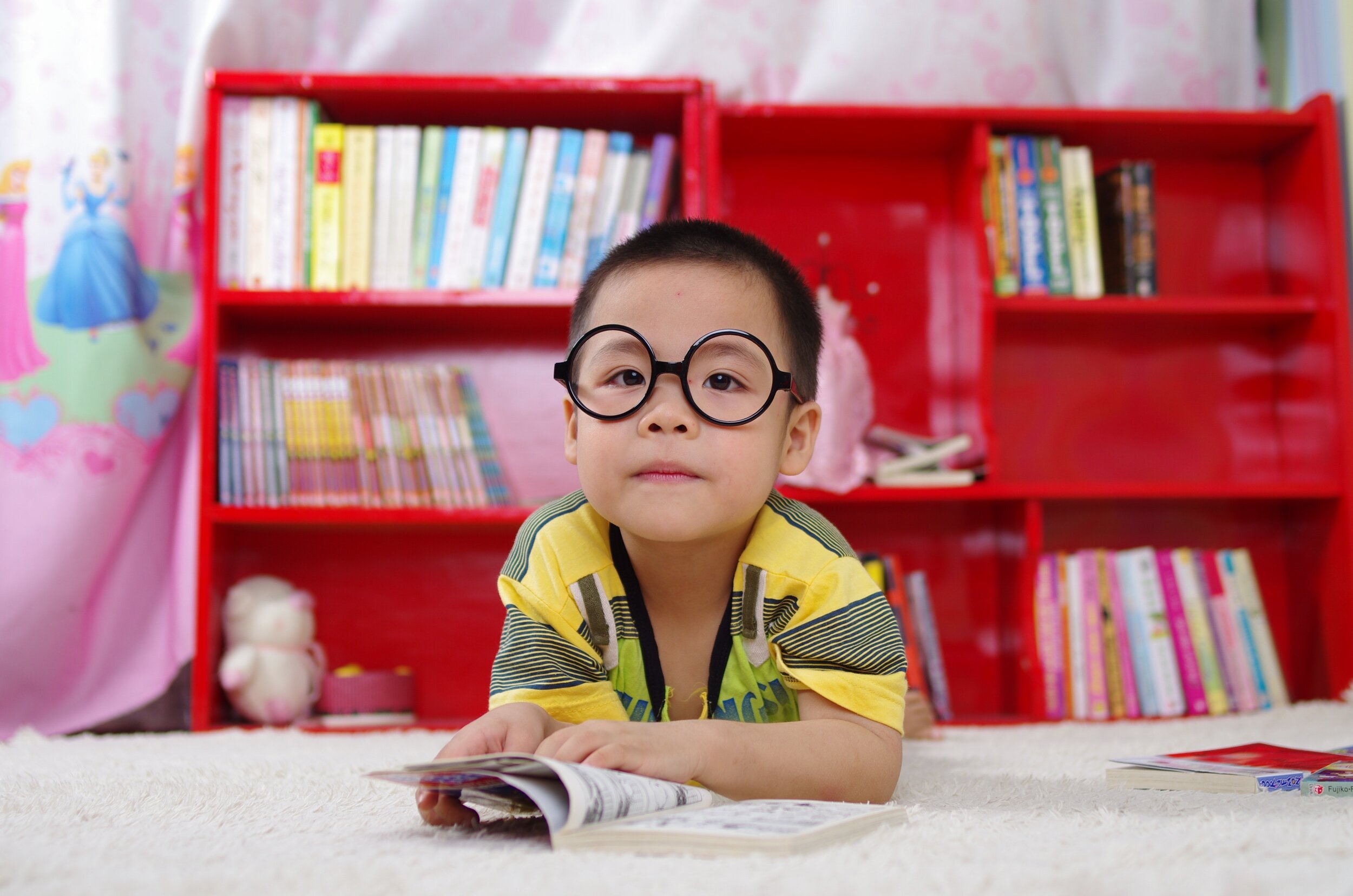What the heck is ABA? Part 1: The ABCs of Behavior
If you’re a parent of or a person with autism, you’ve likely heard the term “ABA,” but you’ve also probably heard the term used to describe a variety of things, and sometimes not in a very positive way. So, what exactly is ABA, and what is the controversy around it? Over the next few blog posts, we’ll be describing ABA, explaining what it’s all about, and debunking some common misconceptions.
ABA, or Applied Behavior Analysis, is a type of therapy based on the science of learning. Although frequently used as a type of therapy for children with autism, the principles of ABA are based on the same principles that each of us experience in our daily life. That’s because ABA therapy is based on the “ABC’s” of behavior:
A: Antecedent- What happens before the behavior
B: Behavior- The response to the antecedent
C: Consequence- What comes directly after the behavior. This could be something reinforcing, that would make you want to do that behavior again, or it could be something punishing, that would make you not want to repeat that behavior.
The ABCs can be pretty simple. For example, A-You’re hungry; B-You eat a snack; C-Your hunger goes away. Here’s another example. Imagine your child is hungry but he hasn’t yet learned how to ask for a snack. A-He’s hungry; B-He throws a tantrum; C-You give him a snack, and his hunger goes away. In this case, the child might be learning behavior that was effective at getting his needs met, but he learned a behavior (tantrum) that isn’t the best way to get his needs met and might be problematic in the future.
The ABCs can also get complex in the real world because there are a lot of factors that contribute to learning. Take this example: A- A student finds reading very challenging and feels ashamed during class when she is called on to read aloud. B-During reading time, she yells loudly. C-The teacher tells her to sit in the hallway.
On the one hand, the student gets out of reading time, which she hated, but on the other hand, her classmates find her behavior odd and now avoid her on the playground. Furthermore, she’s now missing reading time, which is only making her reading challenges escalate! You can see how the ABCs can get more complicated when there are several antecedents (some of them invisible, like feeling ashamed) and consequences.
So how does ABA therapy use the ABCs? ABA therapy uses strategies to change antecedents or consequences to increase behaviors that are helpful and positive and decrease behaviors that are unhelpful or negative, like throwing a tantrum. It also uses these principles to teach new helpful skills to take the place of negative behaviors.
For example, an ABA therapist would teach the young child to ask for a snack by signing that he’s hungry instead of throwing a tantrum. An ABA therapist would also work with the student to improve her reading skills, but also might work with her on more appropriate ways to ask for help in class or help her and her teacher build a system together to communicate when she is not comfortable participating in a large group.
Coming up next: Why is ABA different for every child?





